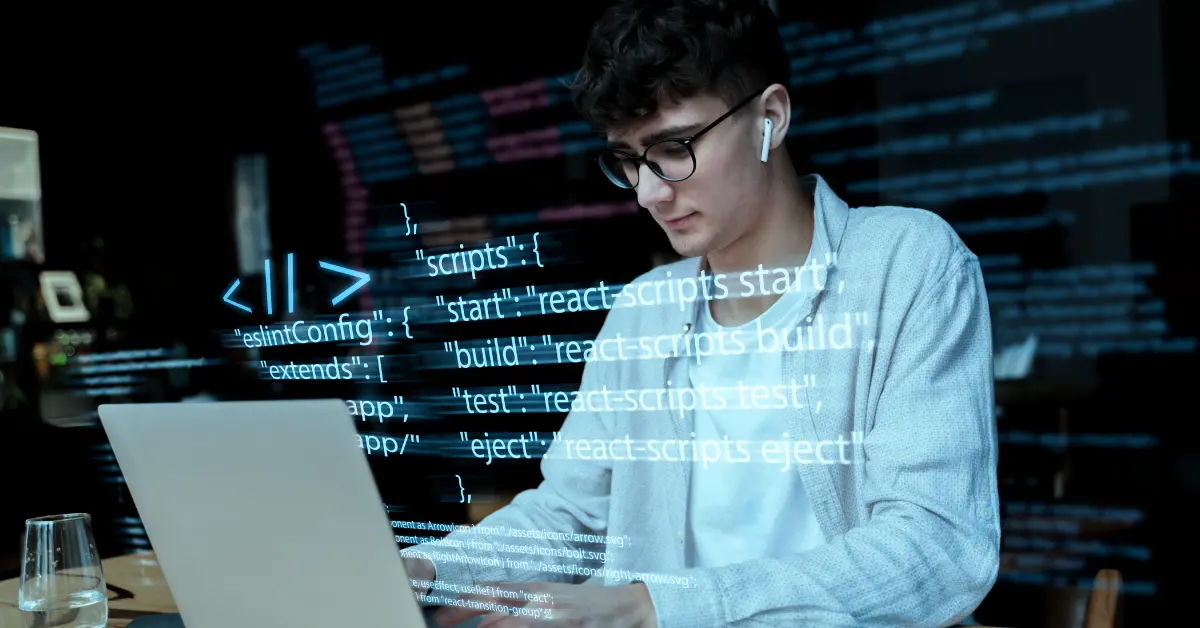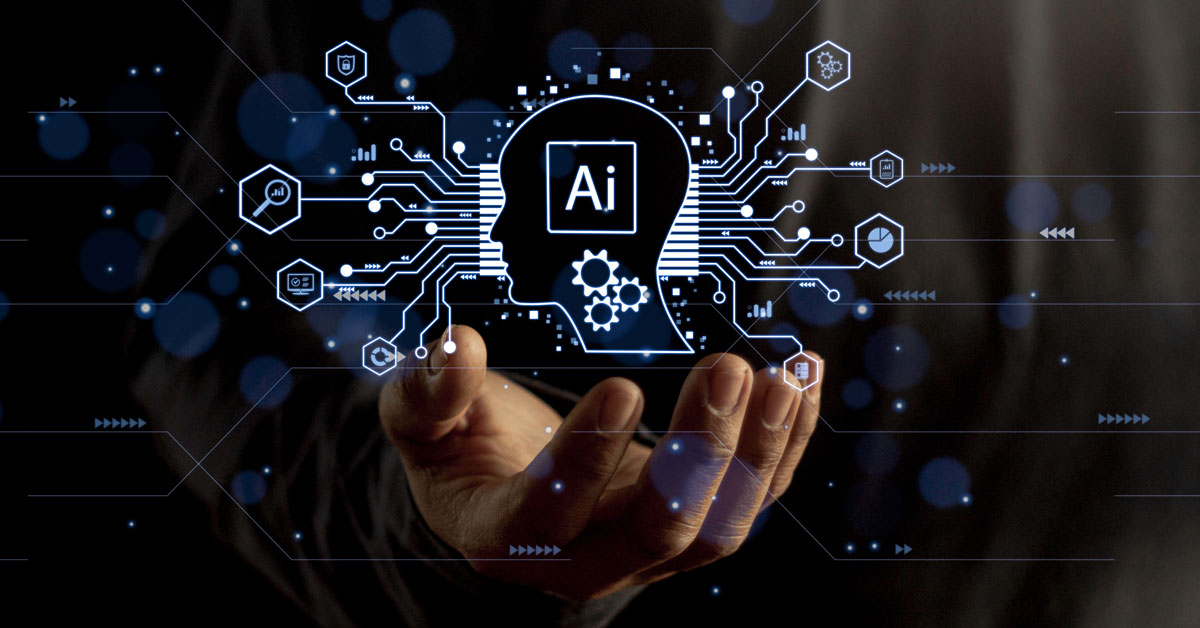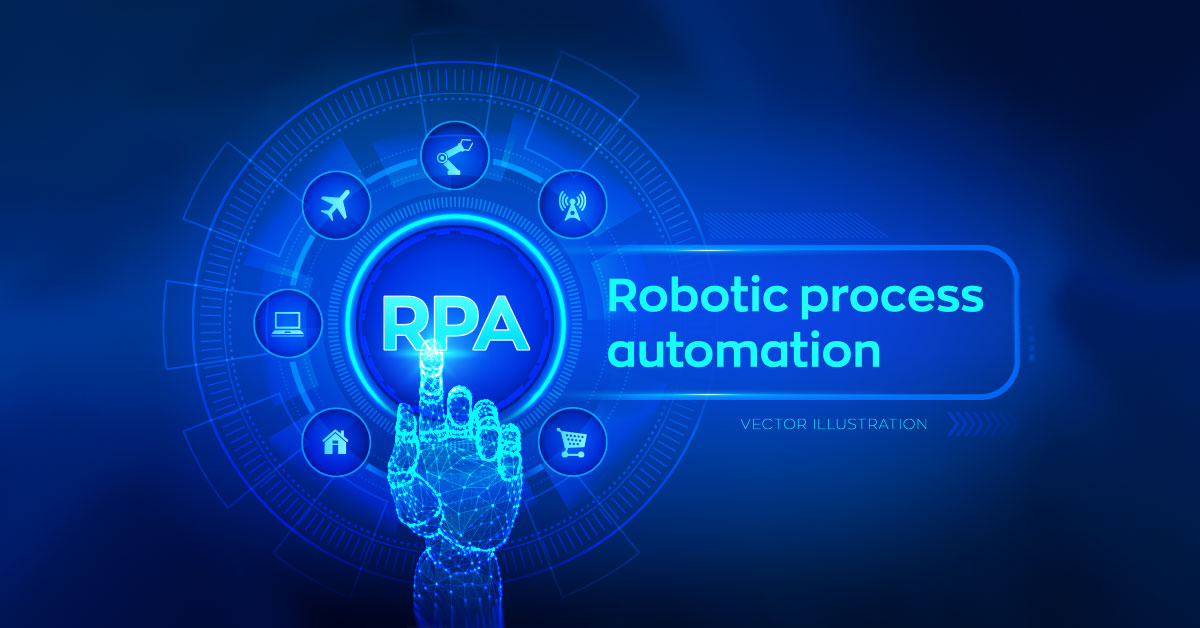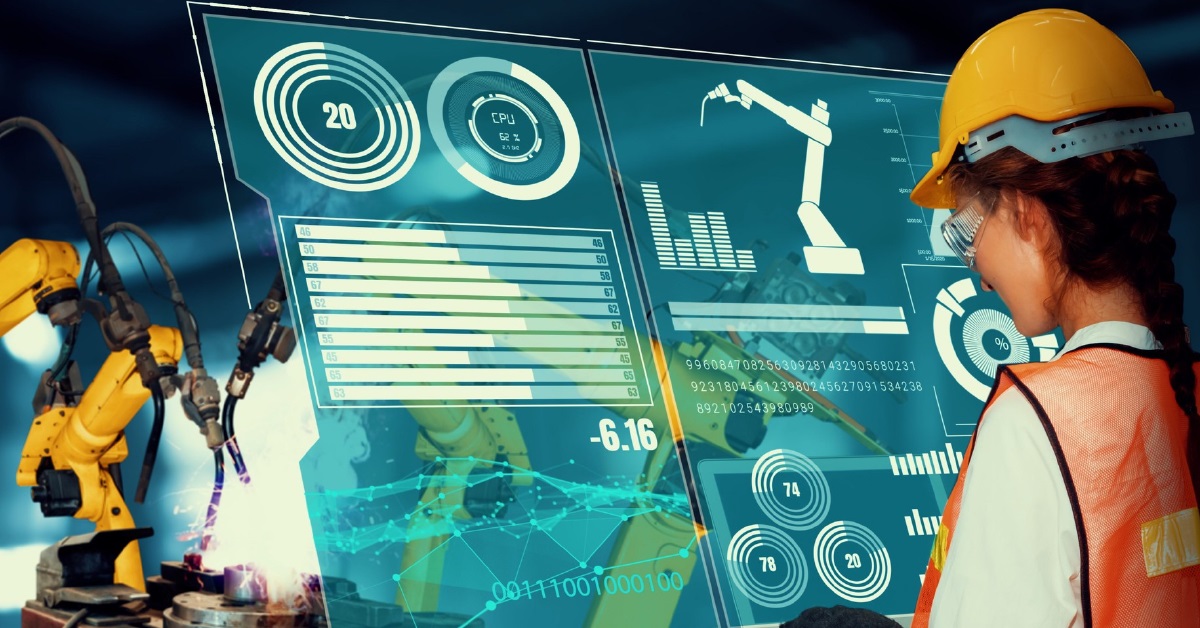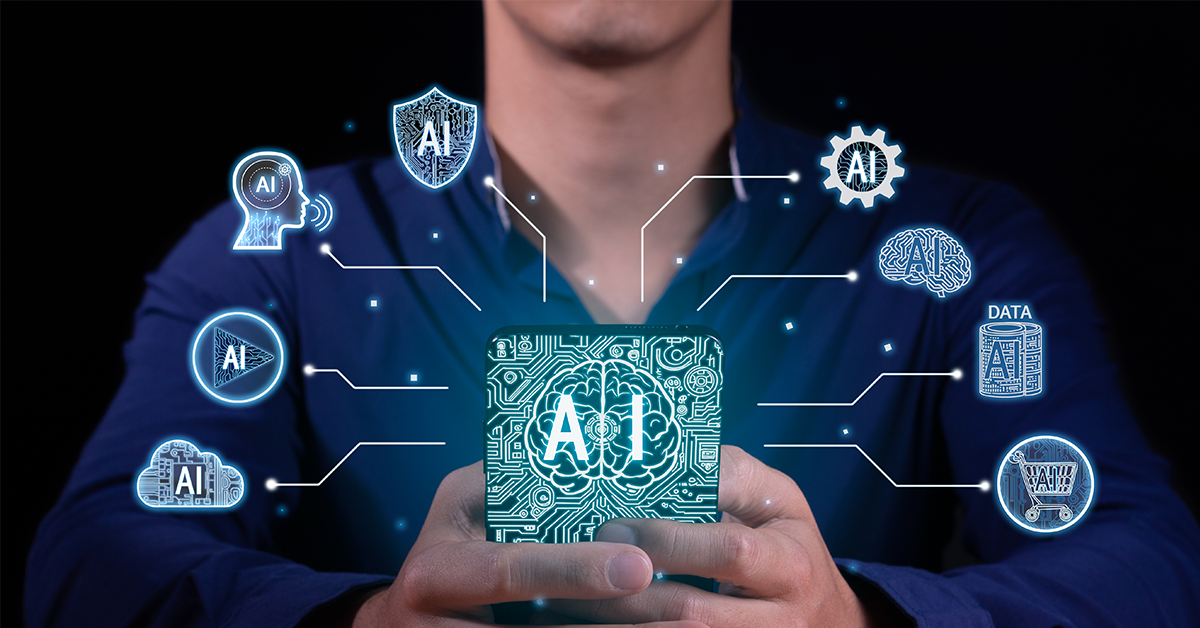AI and Creativity: The Intersection of Art and Technology
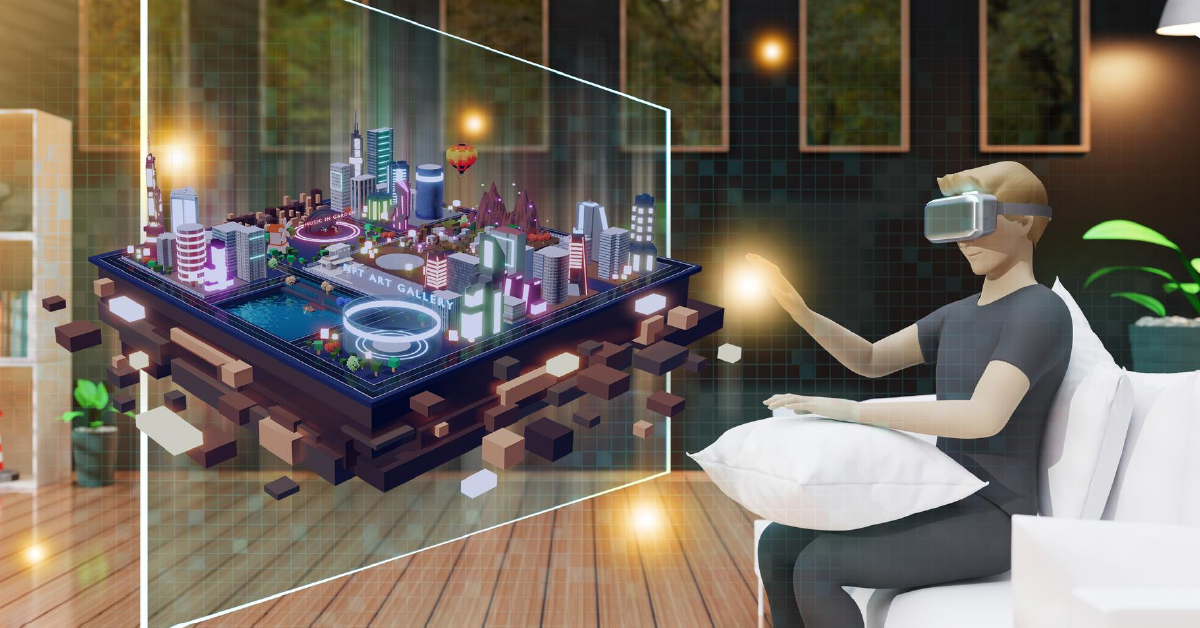
5 min read
Reading Time: 5 minutes
Artificial Intelligence (AI) has emerged as a transformative force in the realm of creativity, reshaping the way we perceive, produce, and appreciate art. The Intersection of AI and creativity has given rise to a fascinating intersection that not only challenges traditional notions of human creativity but also opens up new possibilities and limits in the world of art and technology. In this blog post, we will look deep into the broad relationship between AI and creativity, exploring its impact across various artistic domains and delving into the ethical considerations that accompany this exciting journey.
The Intersection of AI Technology and Creativity
The intersection of AI and creativity is a dynamic and exciting space where technology enhances human artistic efforts. AI tools and algorithms can assist artists, writers, musicians, and designers in generating innovative ideas, automating repetitive tasks, and pushing the boundaries of creative expression. Whether it’s generating art, composing music, or aiding in content creation, AI is proving to be a valuable collaborator, inspiring new forms of creative exploration and expanding the possibilities of what the human mind can achieve.
However, the addition of AI is bringing about a significant change in the creative scene. AI systems can analyze large volumes of data, learn from trends and patterns, and create artistic works with stunning visual appeal thanks to complex algorithms and neural networks.
Expanding the limits of Creativity with AI in creating Art
Human ingenuity and imagination have driven the development of art throughout recorded history. However, the addition of AI technology is bringing about a significant change in the creative scene. AI systems can analyze large volumes of data, learn from trends and patterns, and create artistic works with stunning visual appeal thanks to complex algorithms and neural networks. A new generation of artistic expression is introduced by this interaction between humans and technology, challenging established ideas about authorship and creativity.
AI Art Generation Platforms can now produce intricate and captivating paintings, sculptures, and digital art that appeals to audiences. Artists now have the option to use AI as a potent tool to push the boundaries of their medium and experiment with new approaches and design.
The Evolution of AI in Creative Industries
The penetration of AI into the creative industries is defined by its remarkable ability to analyze vast datasets, recognize detailed patterns. This transformation has extended across multiple domains, including visual arts, music, literature, and even culinary arts.
Introduction of AI to the Visual Arts
The introduction of AI to the visual arts is truly groundbreaking. One of the most notable contributions of AI in Art is the use of Generative Adversarial Networks (GANs). GANs, developed by Ian Good fellow, are a pair of neural networks a generator and a detector that work in opposition, producing amazingly realistic images. Artists and researchers have used GANs to create grabbing pieces, from paintings that mimic the styles of famous artists to abstract compositions that push the boundaries of traditional art.
The Effect of AI on the Music Industry
AI’s impact on the music industry is equally profound. AI algorithms can analyze vast musical databases and generate original compositions that encompass a wide range of styles and ty pes. From composing classical music to crafting attractive pop tunes, AI has become a valuable tool for musicians and composers.
For instance, Open AI’s Muse Net is an AI system that can generate music in various styles and even blend types to create entirely new musical experiences. Musicians can use MuseNet to explore fresh ideas and experiment with musical concepts that might have been impossible to conceive without AI assistance. However, this also raises questions about the role of human musicians in a world where AI can compose music independently.
AI in Literature
AI is also making waves in the world of literature and writing. Natural Language Processing (NLP) models like GPT-3 have demonstrated the ability to generate logical and strategically relevant text, minimizing the lines between human and AI-generated content. AI-powered tools can assist writers with generating ideas, suggesting improvements, and even automating certain aspects of content creation.
For instance, the book the day a computer writes a novel was co-authored by an AI system. While the book may not be a literary masterpiece. It showcases the potential of AI to contribute to the creative writing process. However, it also sparks debates about authorship and the reliability of creative works when AI plays a significant role in their creation.
The Impact of AI in the Culinary
AI’s influence in the culinary world is a more recent development, but its gaining traction. AI systems can analyze vast databases of recipes, ingredients, and cooking techniques to generate innovative and unique recipes. They can also assist chefs and home cooks in optimizing flavors and textures, leading to the creation of novel culinary delights.
AI-powered cooking robots, like Moley Robotics’ kitchen robot, can prepare gourmet dishes with precision and consistency. While these advancements enhance culinary creativity and accessibility. They also raise questions about the role of human chefs and the authenticity of food prepared by machines.
AI and Creativity: Challenges and Ethical Considerations
Challenges of AI in Art and ethical issues that require our attention as it becomes an ever-more-important element of the creative process. A new era where technology works with human artistic efforts has been brought in by the convergence of artificial intelligence (AI) and creativity. This unusual junction promises creativity, effectiveness, and fresh viewpoints across a range of artistic disciplines.
-
Originality and Plagiarism
One of the primary concerns surrounding AI-generated art, music, and writing is the issue of originality and plagiarism. When AI systems are capable of replicating the styles of famous artists or composers! How do we differentiate between genuine human creations and AI-generated imitations this poses challenges for copyright and intellectual property rights, as well as the need for clear attribution when AI is involved in the creative process.
-
Automate of Creativity
The integration of AI into creative industries has led to discussions about the potential automation of art and technology. While AI can mimic and replicate artistic styles. It lacks the emotional depth and personal experiences that often drive human creativity. This raises questions about the authenticity and emotional resonance of AI-generated art, music, and literature.
-
Job Displacement
In fields where AI is automating creative tasks, there are concerns about job displacement. Musicians, writers, and artists may find themselves competing with AI-generated content, potentially affecting their livelihoods and creative freedom. It becomes essential to strike a balance between AI-assisted creativity and preserving human creative professions.
-
Bias and Fairness
Biases present in the data that AI systems are educated on can still affect them. In the context of creativity, this can result in biased or discriminatory content generation. For example, AI algorithms may inadvertently perpetuate assumptions or exclude certain cultural perspectives. Ensuring fairness and inclusivity in AI-generated creative works is a critical ethical consideration.
-
Authenticity and Creativity
The question of what it means to be creative and authentic in a world. Where AI can replicate artistic styles and techniques remains a subject of intellectual debate. While AI can undoubtedly aid in creative processes. It challenges our understanding of where creativity originates and the role of human agency in art and innovation.
Conclusion
The intersection of AI and creativity is a dynamic and transformative space that continues to evolve. AI’s ability to augment, automate, and even challenge human creativity raises important questions about the nature of art, music, literature, and culinary arts in the digital age. While AI offers exciting possibilities for expanding creative horizons. It also demands careful consideration of the ethical and societal implications associated with its integration into the creative process.
Published: September 28th, 2023

